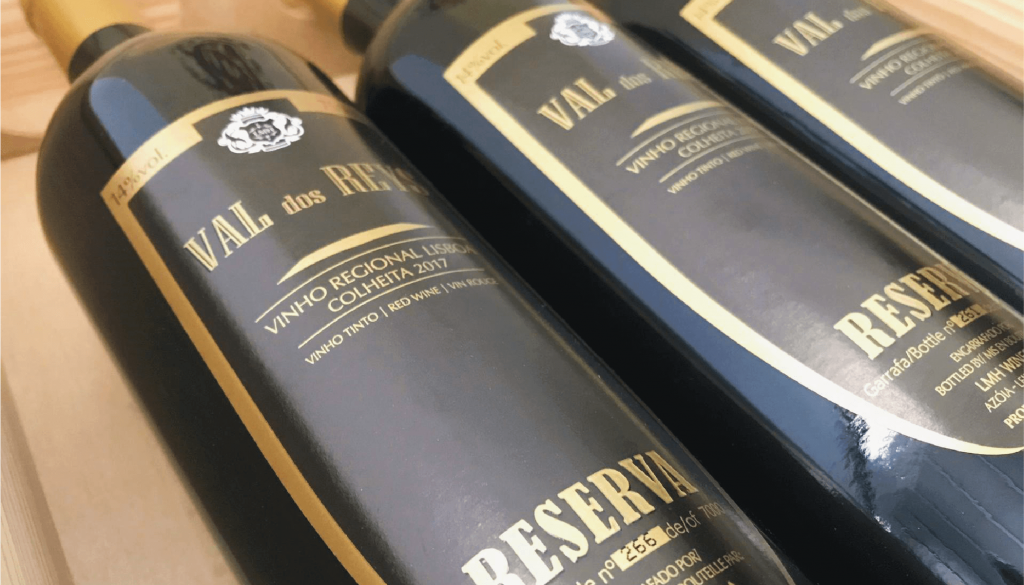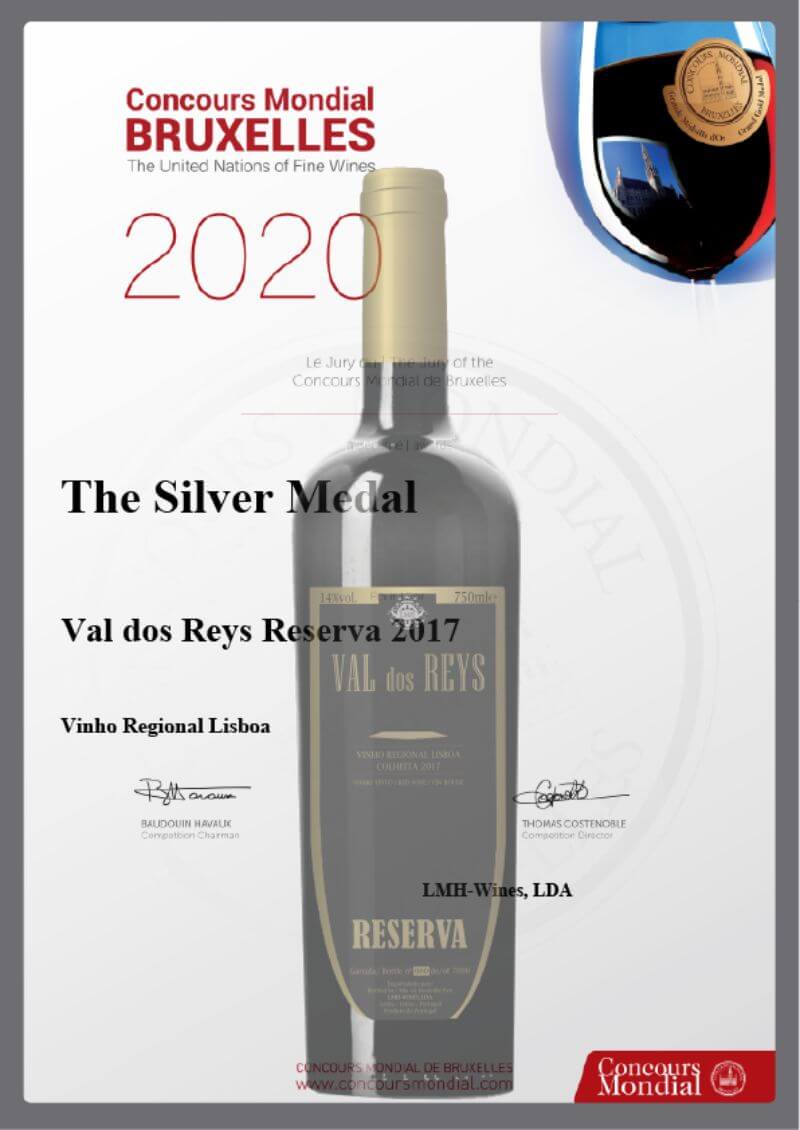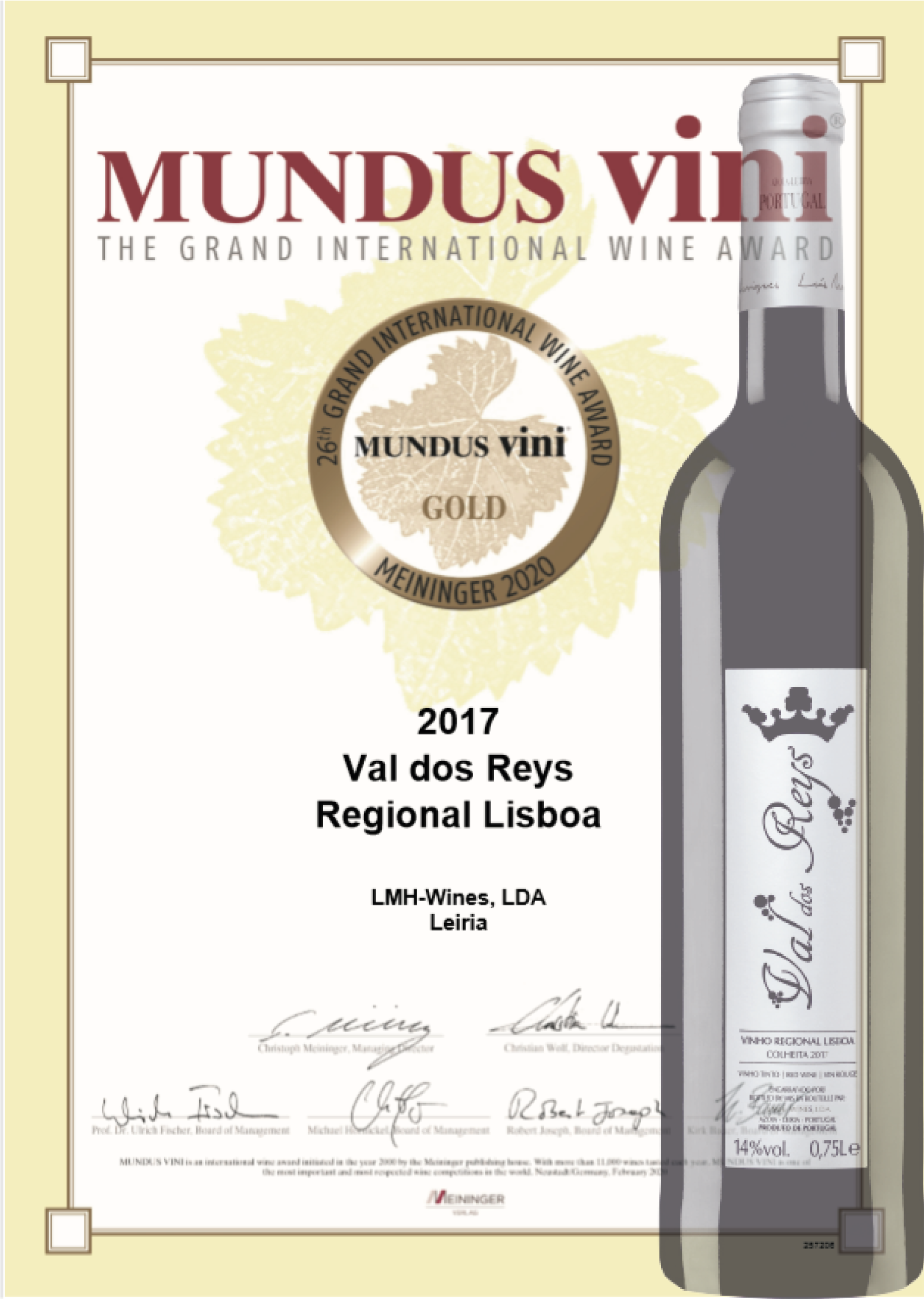10 Tips for Learning to Read a Wine Label
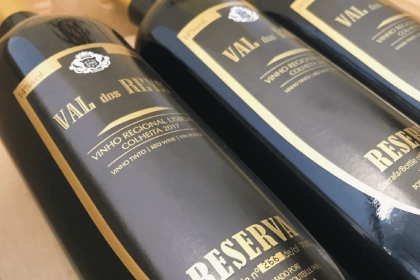
The Wine Label is certainly the birth certificate of the wine. This is where all the useful information about a wine is inscribed and this is how you will be able to know what you are purchasing.
So that you can buy a wine that you like, it is essential that you understand the main information contained in a wine and what it means. Throughout this article, we will highlight what more useful and more recurring information you can find on wine labels.
Be aware and learn from LMH-Wines how to analyze and read a wine label.
First of all, it is important to know that there are two basic types of wine labels.
- New world wine labels:
These labels mainly highlight the name of the wine and the grapes (s) that compose it (Merlot, Cabernet Sauvignon, Chardonnay, among others). They are common in wines from countries like Brazil, Argentina, Chile, South Africa, United States, Australia, among others.
- Old world wine labels:
Those ones highlight the producer and the region where the grapes were grown (Bordeaux, Champagne, Rioja, Chianti, among others). They are common in wines from countries such as France, Italy, Spain, Portugal, among others.
Throughout this article, we highlighted the label and back label of the Val de Reys 2017 wine, from the producer LMH-Wines because it is one of the most complete. Therefore, it has all the information the consumer needs to be able to analyze and know what wine it is.
Let’s see then:
Wine Name
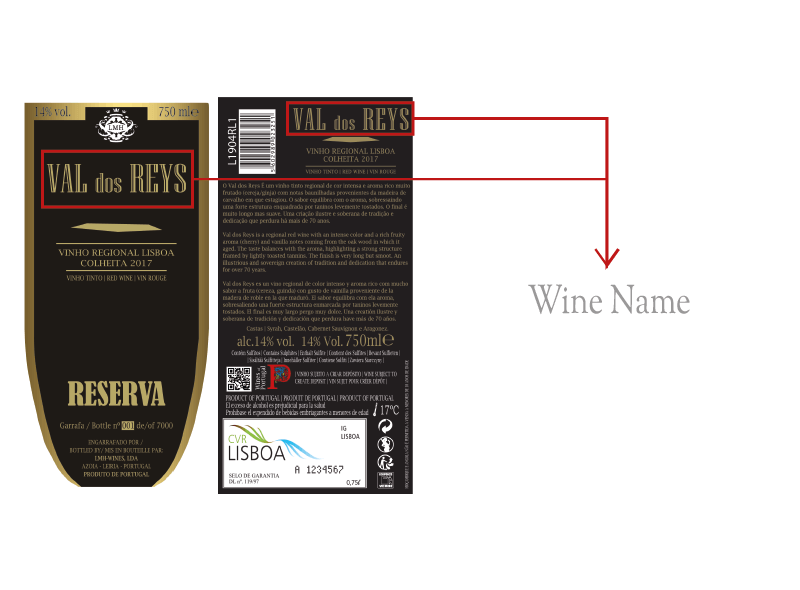
The Wine name is the highlight of the label.
As many wineries have different brands of wine it becomes easier if each brand has its own name, this way it becomes easier for the consumer to find his favorite wine.
Name of the Producer
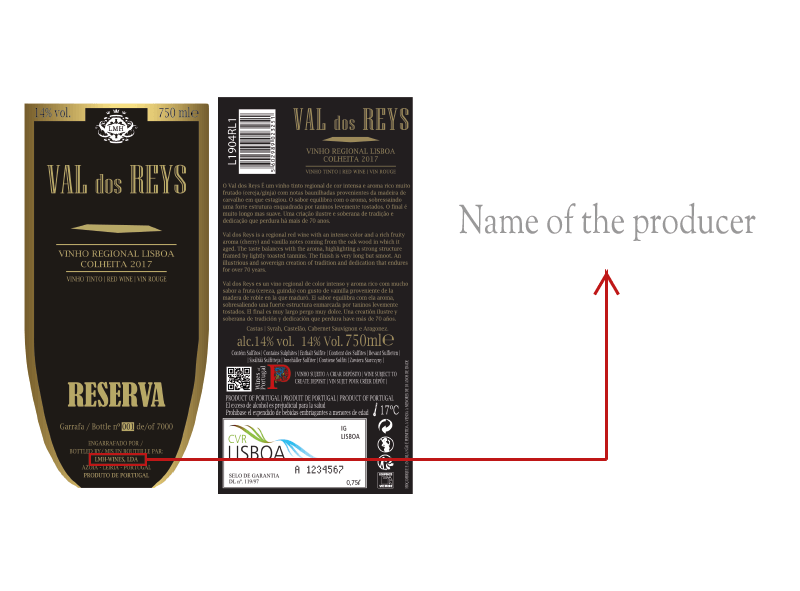
The name of the producer indicates who produces the wine.
This can be a large company or a smaller one, of a family nature – as is the case of LMH-Wines.
Some producers do not give their wines a specific name, using only the name of the winery itself, often followed by the name of the grape varieties and the year.
Denomination of Origin
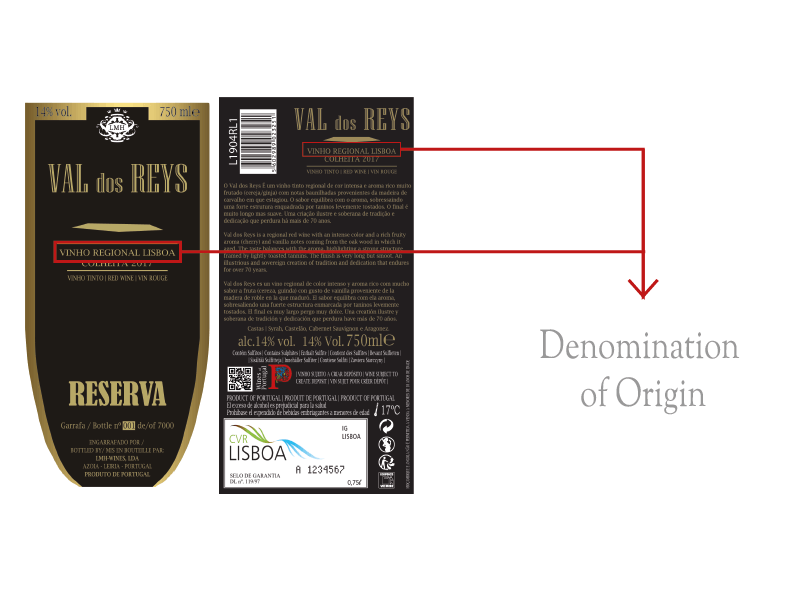
Denomination of Origin is a seal of quality granted by government institutions from different countries, mainly from the old world, as is the case in Portugal.
The certification guarantees that the wine was produced within a defined region, respecting all the production rules imposed on this region.
If you want to know more about the regions and denominations of origin in Portugal, read this article.
Grape
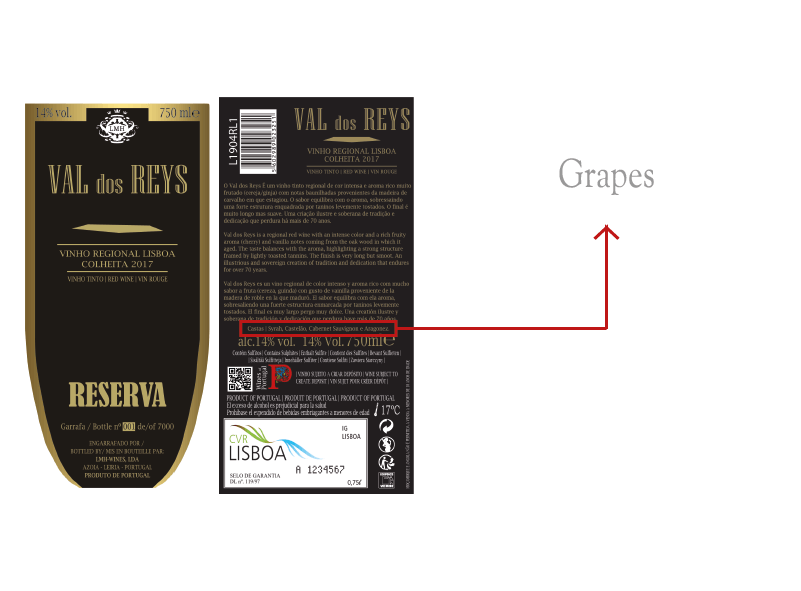
This indicates which varieties of grapes are used.
In Portugal, not all wines can contain the grape varieties on the labels and, therefore, it is important to know whether the wine is a table wine or a wine that has a designation of origin. If it is a table wine, the producer will not be able to put the grape varieties on the label.
Region of Origin
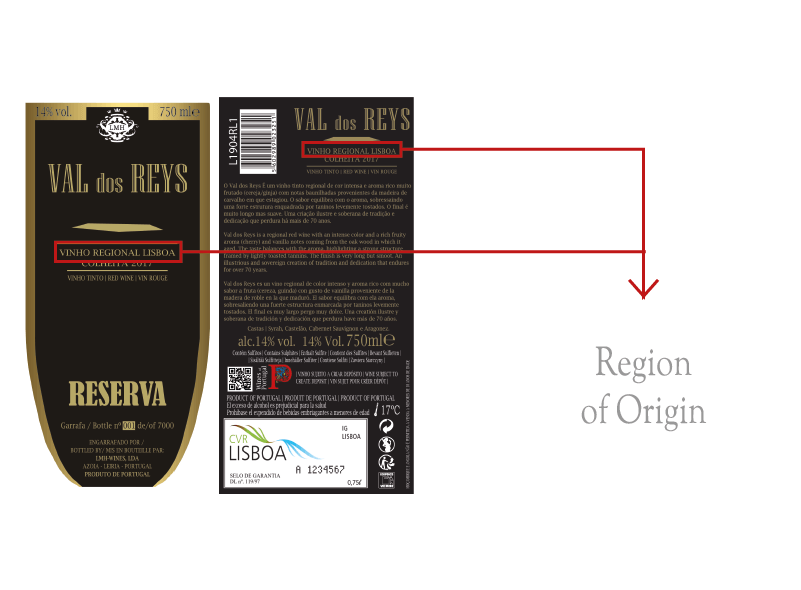
This parameter is highlighted in old world wine labels, where the region often indicates superior quality. Generally, the more specific the origin of the grapes, the more refined the wine and the higher its price will be.
A curiosity: the Lisbon Region has increased its notoriety abroad, over the years.
Harvest
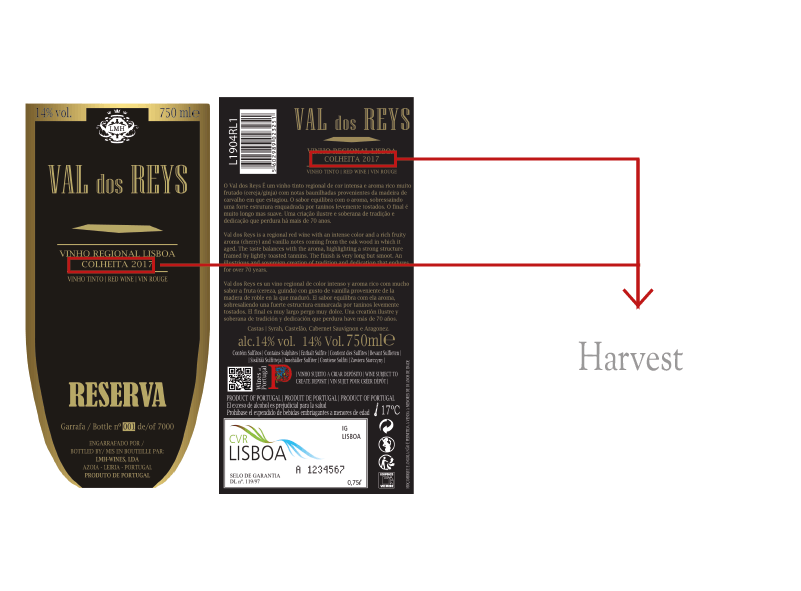
Indicates the year in which the grapes were harvested.
To clarify, this is very important information, since some wines may improve over time, while others lose their best characteristics. In general, most white and rosé wines should be consumed within 2 or 3 years, while most reds should be consumed within 5 years.
Aging and Maturation

Wines that took special care during the harvest, selection of grapes, vinification and that went through a period of maturation in oak barrels and aging in the bottle itself.
Usually have on their labels the terms Reserva or Gran Reserva.
Alcoholic Graduation
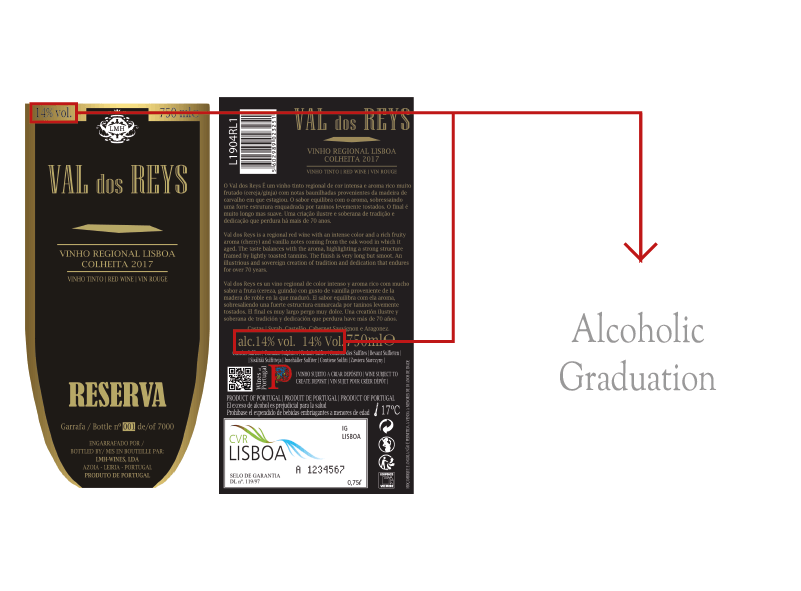
The alcohol contained may indicate the wine’s longevity.
The more alcohol you have, the longer it tends to last, be it closed or even after it is opened. For example, wines with a higher alcohol content will be warmer and heavier on the palate.
Origin of Bottling
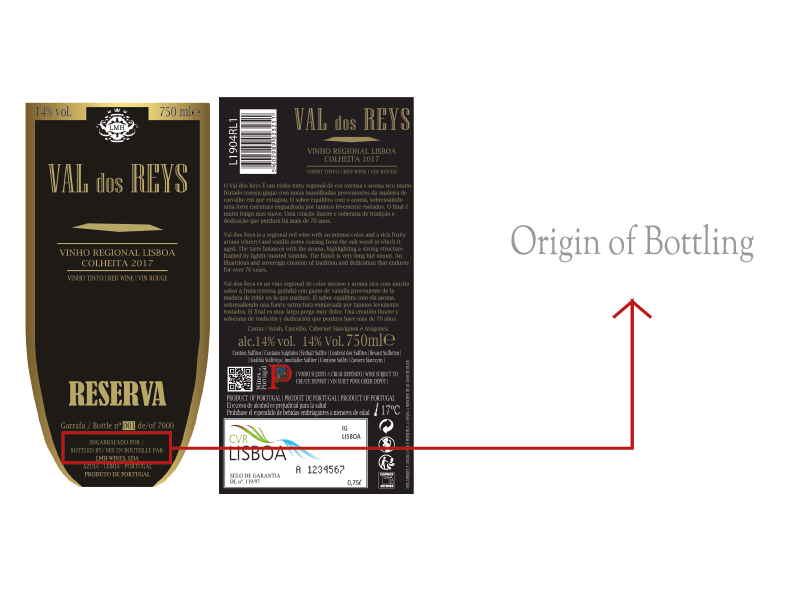
This information proves that the wine was produced and bottled at the winery or château.
Some companies tend to buy grapes or ready-made wine and then bottle and label their bottles at their facilities, so this information is equally important.
Origin of the Product
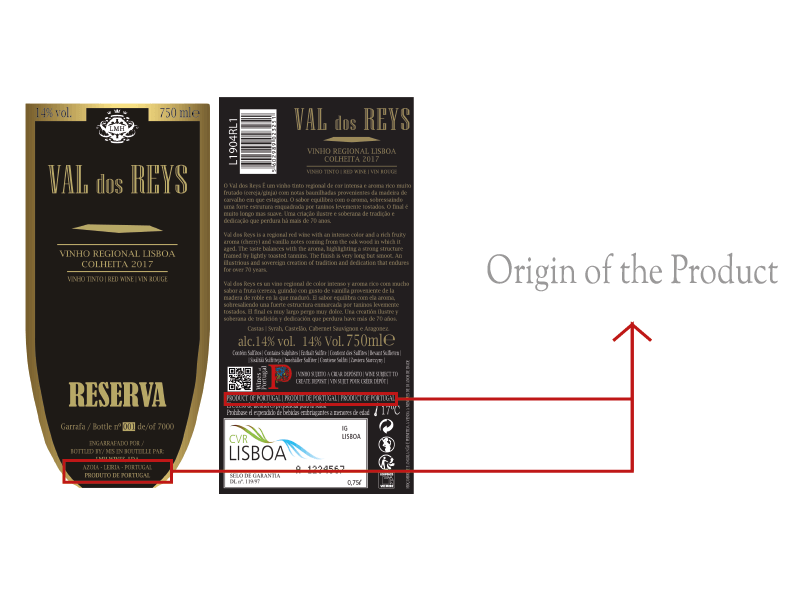
This information proves and explains where the wine itself was produced.
As in the origin of bottling, many companies and wineries tend to buy wine from other wineries and can also import wine.
In other words, it is important to know whether the wine that is consumed is Portuguese or not. If you are not Portuguese, the most common thing to find is the phrase “EU product”.
In conclusion, did you like this informative article?
Follow us on Facebook, Instagram, and LinkedIn to learn more about; LMH-Wines. However, you can always subscribe to our Newsletter and be able to receive news and promotions monthly!



